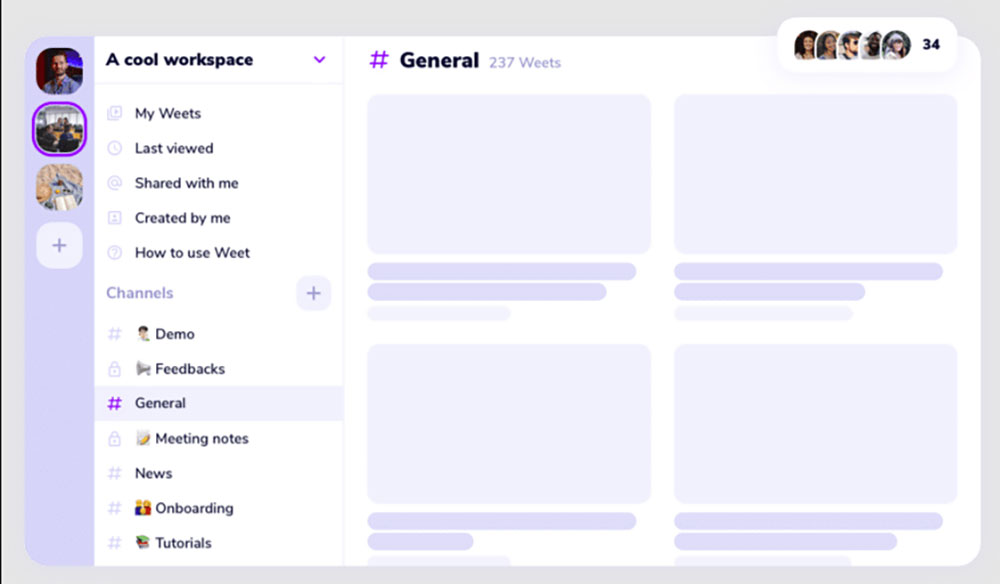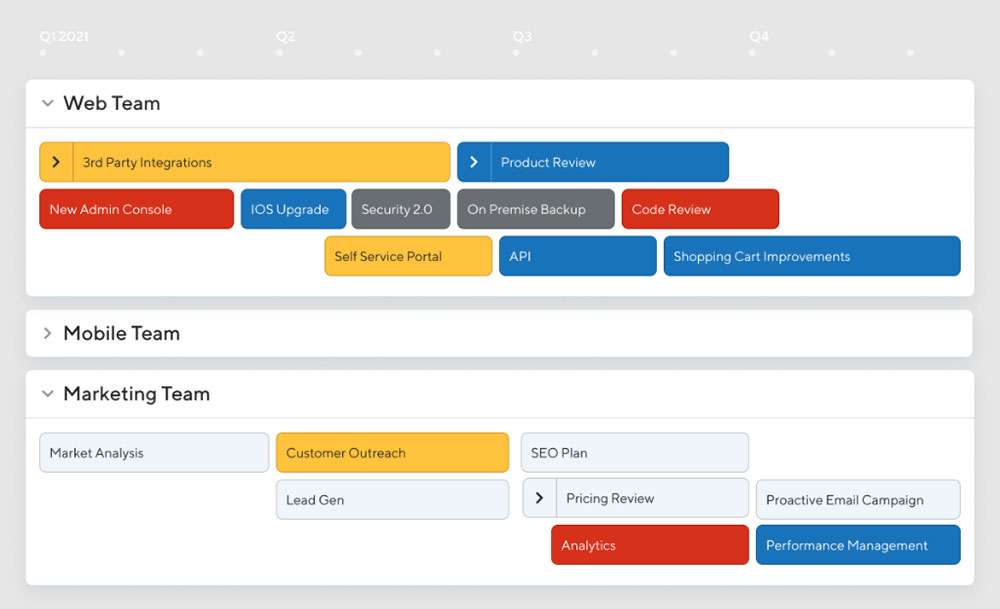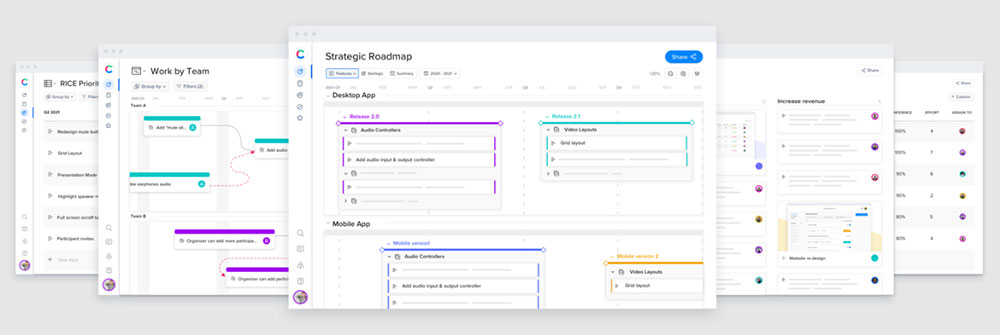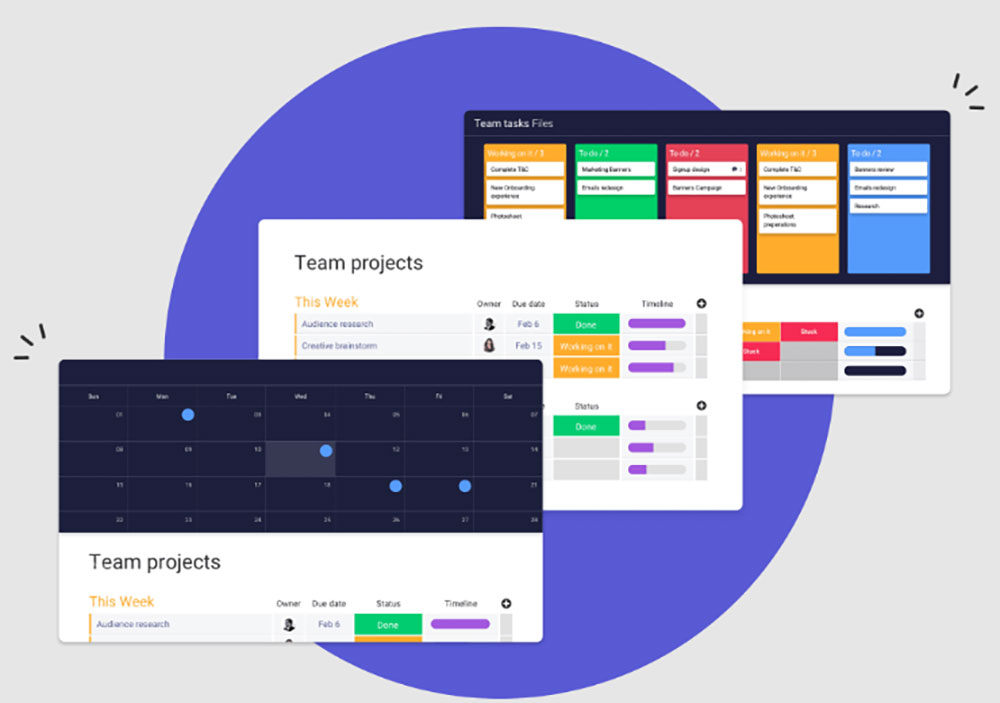How do Product Managers Manage a Product's Life Cycle?
Originally published: October 06, 2022 11:05:45 AM, updated: November 19, 2022 12:00:00 AM

Product management involves planning, developing, managing, and launching goods or services. It focuses on a product's life cycle from its inception through development until it gets to the market.
The project management process is crucial because it helps organizations understand the customers and their requirements. Also, it ensures the product aligns with the organization's goals and objectives.
A product manager is responsible for leading the development from beginning to end. Executing these duties effectively requires specific product management tools.
These tools or software help the managers or teams carry out some or all the product life cycle phases. Without these tools, product management will not be as quick, easy, or effective as it should be.
This article covers the top five product management software to add to your stack.
Top five product management tools for your business
The five software listed below were chosen from numerous product management tools, indicating their benefits to the product management process.
1. Maze

An excellent product management software performs many tasks from just one platform, and Maze is that tool. In addition, it helps your business build unique products by providing you with research solutions.
Conducting analysis is one of the stages of product development and management. It involves determining if your idea for a new product will be successful and the best ways to develop and sell it.
Maze ensures the product research stage is not slow or complicated. This tool quickly gathers actionable user insights that fuel product decisions in hours against days or weeks.
Also, Maze makes the remote testing process a breeze. With this platform, you get a front-row seat to see how your users interact with your product and figure out the areas that need adjustment.
The user's end voice should be noticeable in product decisions. So, this product management software helps you organize usability tests and conduct user surveys.
Integrations and collaborations are also crucial aspects of product management. With Maze, you can seamlessly integrate your design and productivity tools, such as Figma, InVision, Adobe XD, etc., which accelerates workflow.
Since it is so easy to collaborate with stakeholders and team members on this platform, making decisions regarding the product is quick and easy. Therefore, Maze is the perfect product management tool for managers, designers, marketers, and researchers.
2. Weet

Communication is a crucial aspect of product development and management. You need to connect with users throughout the product's lifecycle.
You will also need to contact team members and other stakeholders. So, you need software like Weet to aid communication.
Weet is a video messaging tool for businesses. You can send short videos to your clients about your product development progress, increasing customer satisfaction in the long run.
Using Weet adds a human touch to client communication. This collaboration tool has a digital workspace that allows teams to communicate through text, video, and screen sharing features.
This makes it easy for you to give feedback on the products, share updates, etc. In addition, you can divide workspaces according to teams, projects, and departments, ensuring everything stays organized.
3. ProductPlan

Managing a product's roadmap is one of the many duties of a product manager. So you need to include a roadmap platform like ProductPlan in your stack.
A product roadmap is the plan of action on how the product progresses over time. It outlines the vision, direction, progress, and priorities over a particular period.
Roadmaps help businesses to communicate how short-term efforts match their long-term goals. Also, it provides ways of achieving these goals. For example, having a well-developed product roadmap ensures everyone on your team heads in the same direction.
ProductPlan lets you share your product story and align your team so that you can build products that stand out. With this platform, you can quickly collaborate with your team to develop unlimited live roadmaps. Also, you can customize roadmaps with a few clicks.
When building and editing visual roadmaps, use ProductPlan's drag-and-drop editor. There are also customizable layouts; you can present roadmaps in the timeline, list, table, or portfolio layouts.
Finally, you can easily integrate other tools into the product development and management process. These integrations allow you to sync data between ProductPlan and other devices. Also, you can customize the integrations to ensure they fit into your existing workflow.
4. Craft.io

Craft.io is another excellent tool for product teams. The software improves your product team by helping them understand customer needs, articulate decision-making, and establish transparent processes.
Also, this product management tool builds transparency and alignment across your business. You can quickly gather data insights to help you accurately contextualize and guide all your product decisions. This then leads to establishing better products and competent teams.
Craft.io balances your strategies, objectives, and delivery in the product management process. This helps you streamline, standardize and increase the product's output accuracy. Also, this tool provides businesses with quality, best-practice prioritization frameworks, templates, and multi-dimensional capacity planning.
Craft.io allows you to build a transparent and collaborative platform for your team where you can share dynamic links of your roadmaps, planning, and prioritization views. Also, it is easy to connect your product and development teams in a single collaborative workspace. This increases alignment and accountability across your organization.
To boost workflow, Craft.io enables seamless integration with your existing tools. For example, Craft.io integrates development and user feedback tools like Jira, Azure DevOps, Github, etc.
5. Monday.com

Product managers use Monday.com to organize and handle product processes seamlessly. With this tool, you can plan your roadmap visually to keep everyone connected with the product aligned.
This product management software lets you easily drag and drop your items to build the roadmap and change priorities. Also, you can effortlessly share the roadmap you created with other product managers, the development team, and stakeholders. This ensures everyone aligns with the plan and end goals.
Furthermore, because the product development process consists of various teams and areas across your organization, it can be hard to keep track of everything. But with Monday.com, you can see where everything stands at a glance. This ensures you stay on top of everything related to product development and management.
This software also lets you see the status of all the tasks, i.e., whether the job has been completed. Also, you can track who is working on what, so you will know where to look if there is a lag.
Criteria for choosing the best product management tools
Many software companies realize how vital product management is, and as such, they develop tools to help make the process less complicated. As a result, there are many product management software. So, below are the primary criteria to look out for when selecting product management tools.
1. User interface
When choosing a product management software, pay close attention to its user interface (UI). You should be able to access the content you want quickly.
Also, the software's user interface design has to be clean, intuitive, and modern-looking. It is crucial for the UI design to be excellent, whether it is the mobile or the PC version of the software.
2. Features and functionality
A feature-rich product management tool should be your top choice. Your chosen software should have solutions such as road mapping, task management, product templates, idea capturing, customer feedback and surveys, etc.
Also, it should be one feature-packed platform that helps you execute various tasks and smoothen workflow.
3. Usability
It may not always be easy to catch on to using new software. However, the learning curve should not be so great that it will take a long while before you can use the product management tool. The software should be beginner-friendly, meaning you do not need to have prior knowledge before using it.
This reduces the time spent learning to navigate the software and gives you more time to execute your product management tasks.
4. Value for money
Most product management tools are not free. Although they may offer free trials and demos, you might have to pay for the whole experience.
So first, ensure the pricing is within your budget and get your money's worth. It won't be nice to pay a hefty sum for software that lags or doesn't have the necessary solutions and features.
5. Integrations and collaborations
As a product manager, you will work with team members and other units, such as the developers and customer satisfaction teams. So, it is crucial for product management software to allow collaboration.
This will make the decision-making process faster and easier. Also, the software should be able to integrate other tools that you need to manage your products effectively.
Conclusion
In conclusion, this article discussed five product management tools you should add to your stack. This software ensures that managing the product lifecycle will be as flawless and effective as possible. Finally, this article highlighted the areas to look out for when selecting product management tools for your business.
Join over 130,000 SEO and Google Ads experts. We provide a community to help you engage and learn from industry experts and influencers. Join Now
What if your entire business could run itself — and your work hours got shorter?